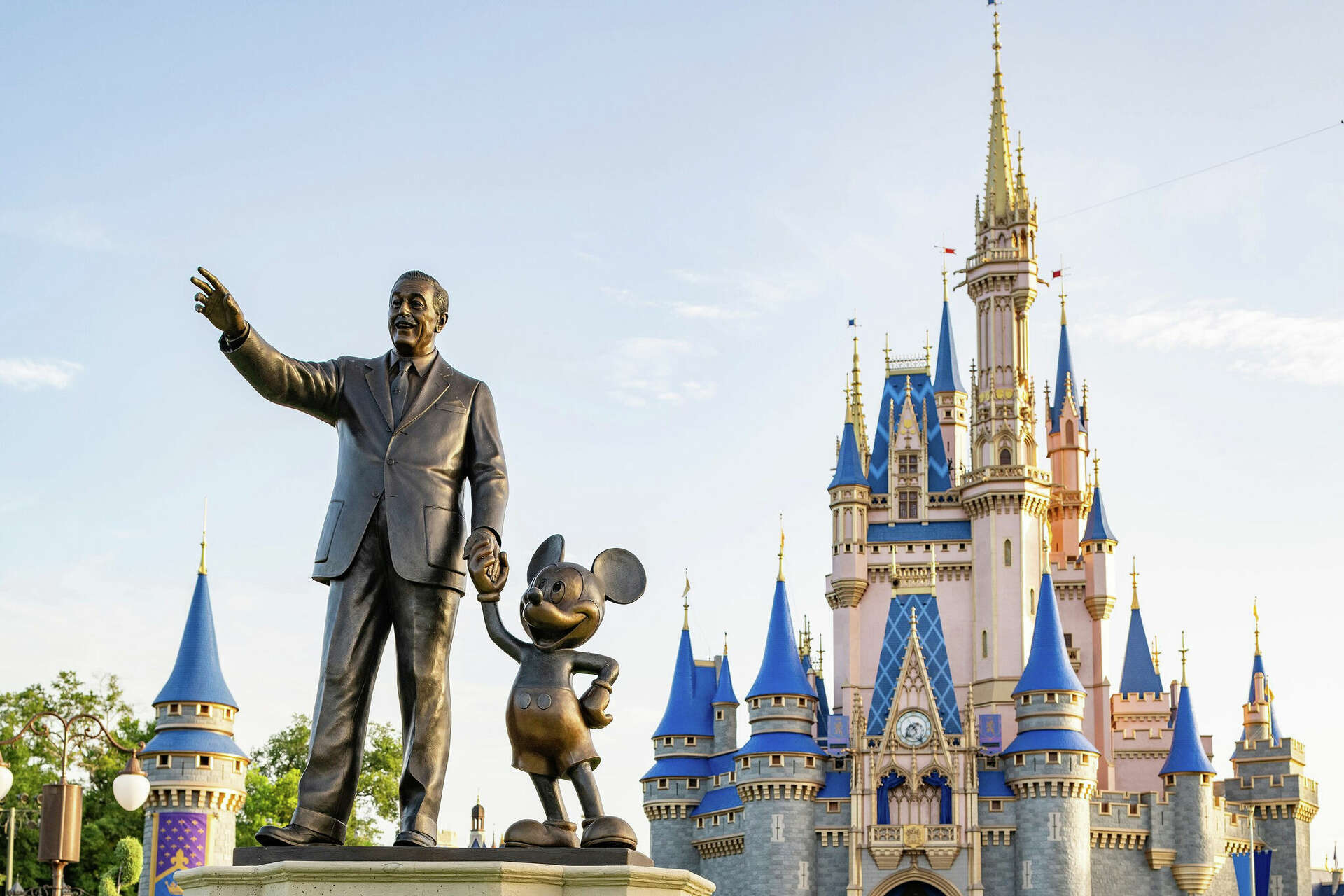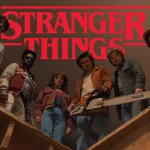Fresh financial disclosures from Disney have pulled back the curtain on one of the boldest bets in franchise history. The second season of Andor clocked in at $60.5 million for 2024 alone, pushing the total spend across both seasons to a jaw-dropping $705.5 million. No other Star Wars film or series has come close to this figure, shattering records set by blockbusters like The Force Awakens. This revelation, drawn from public UK filings, highlights how streaming giants now pour movie-level cash into TV narratives. Fans and analysts alike buzz with questions about whether such extravagance fuels innovation or invites financial peril in a crowded market.
The transparency stems from smart production choices. Disney filmed primarily at Pinewood Studios in the UK, tapping into a subsidiary to unlock substantial government rebates. These rules demand detailed public reports, offering a rare glimpse into Hollywood's black box. The numbers expose lavish commitments to physical sets, sprawling crews, and meticulous effects that elevate Andor beyond typical space operas. Yet this openness also spotlights the risks, as every dollar spent now faces scrutiny in an era of subscriber churn and algorithm-driven hits.
Why Did It Cost So Much?
Crafting Andor demanded resources more fitting for a string of feature films than a standard series. Showrunner Tony Gilroy captured it best when he compared the 24-episode arc to producing six two-hour movies, each brimming with intricate detail. The result stands as a testament to ambition, but the price tag underscores the challenges of blending cinematic scope with episodic pacing.
Several factors drove the escalation. The production embraced epic physicality, constructing massive tangible sets and scouting diverse UK locations for authentic grit over green-screen shortcuts. Crew demands peaked at 501 full-time staff in 2023, not counting freelancers who swelled the ranks during intense shoots.
Delays piled on from industry strikes, lingering pandemic ripples, and a grueling post-production phase heavy on visual effects, sound design, and editing passes. According to analysis reviewed by Finance Monthly, these elements combined to stretch timelines and inflate overheads, turning a prestige project into a fiscal marathon.

Cassian Andor stands beside the series’ emblematic logo, symbolizing Disney’s high-stakes gamble on the $705.5 million Star Wars series that redefined streaming-scale production.
The Streaming ROI Challenge: Disney's High-Stakes Wager on Long-Term Payoffs
Return on investment, or ROI, boils down to measuring what you get back for every dollar poured in, but in streaming, it twists into a marathon rather than a sprint. Unlike movies that recoup through ticket sales on opening weekend, series like Andor spread costs across years of viewer engagement, merchandise waves, and franchise extensions. Disney banks on this model to justify the outlay, betting that quality content locks in subscribers and sparks ancillary revenue streams like toys, novels, and games tied to Cassian Andor's rebel saga.
Recent UK tax filings add a crucial layer of insight here. Productions qualify for a 25.5% rebate on qualifying spends, a government perk designed to lure global filmmakers by boosting local jobs and economies. For Andor, this translated to an estimated $129.3 million clawed back, slashing Disney's net burden to around $576.2 million from the headline total.
That's a real-world buffer, akin to how other blockbusters like The Batman shaved 20-30% off budgets via similar incentives abroad. Yet Forbes gaming analyst Paul Tassi warns of the emotional toll this carries, lamenting how such inflated upfront risks could starve future seasons, leaving brilliant stories like Andor's half-told amid boardroom caution. His frustration echoes a broader industry ache: in a landscape where 70% of streaming hours now come from just 20% of titles, one misstep could dim the stars for even the most acclaimed galaxies.
This rebate mechanic isn't just a line-item win; it reshapes decision-making. Studios chase these offsets to greenlight riskier visions, but they demand ironclad public accounting that exposes vulnerabilities. Disney's play with Andor tests whether these incentives can bridge the gap between lavish creation and elusive profits, offering a blueprint for how entertainment evolves when governments subsidize dreams.
What Happens Next: Shaping the Future of Star Wars Storytelling
The Andor ledger forces a reckoning for the franchise's trajectory. Creatively, the investment has already redeemed itself for many, delivering a taut political thriller that sidesteps lightsaber excess for raw human stakes. Critics hail it as a pinnacle, with Gilroy's note-free reign allowing unfiltered depth that reignites fan passion and draws in audiences craving substance over spectacle. That trust rebuilds the brand's luster, one tense corridor chase at a time.
Financially, the shadow looms larger. Recouping via diffuse streams like Disney+ retention demands sustained buzz, a tough ask when competitors flood the feed with cheaper thrills. Industry whispers suggest tighter reins ahead, favoring concise seasons or hybrid models that blend streaming with theatrical releases. Andor's gamble could inspire outliers that punch above their weight or caution against them, dictating whether Star Wars ventures deeper into mature tales or retreats to safer orbits. As the credits roll on this chapter, the force remains with those bold enough to balance art and arithmetic.

The iconic Walt Disney statue stands proudly before Cinderella Castle, a symbol of the money making machine that is Disney.
Beyond the Budget: What Fans Are Wondering About Andor's Epic Spend
How Does Andor's Budget Stack Up Against Other Star Wars Hits?
Andor's $705.5 million total dwarfs even the franchise's priciest films, like The Rise of Skywalker at $593.7 million or The Force Awakens around $447 million. Series budgets traditionally lag movies, but streaming's scale flipped the script, with The Mandalorian topping out near $120 million per season. This outlier status underscores Disney's pivot to prestige TV, where per-episode costs hit $15-20 million, rivaling summer tentpoles. For fans, it means richer worlds but heightens the stakes if viewership doesn't match the ambition.
Will Disney Pump More Cash Into Big-Budget Star Wars Like This?
Signs point to selectivity rather than abandon. Post-Andor, Disney signaled restraint with cuts to projects like The Acolyte, citing "streaming is dead" in creator talks, yet greenlit extensions for proven draws. Analysts predict a hybrid future, blending high-end outliers with efficient spin-offs to hedge bets. The UK's rebate allure keeps international shoots viable, but expect shorter arcs and data-driven choices to guard against overruns. Ultimately, subscriber metrics will rule, ensuring only tales with viral pull secure the galactic checkbook.
What Makes Andor Worth Every Penny Despite the Sky-High Cost?
Beyond numbers, Andor redeems its spend through unmatched immersion and narrative guts. Practical sets and location authenticity ground the rebellion in tangible peril, fostering fan theories and cosplay booms that extend cultural life. It snagged 96% on Rotten Tomatoes, boosting Disney+ trials during release windows and fueling $50 million-plus in merch last year alone. For a franchise fatigued by formula, this injection of spy-thriller edge revitalizes the universe, proving that when vision trumps volume, the emotional dividends can eclipse even the boldest balance sheets.














